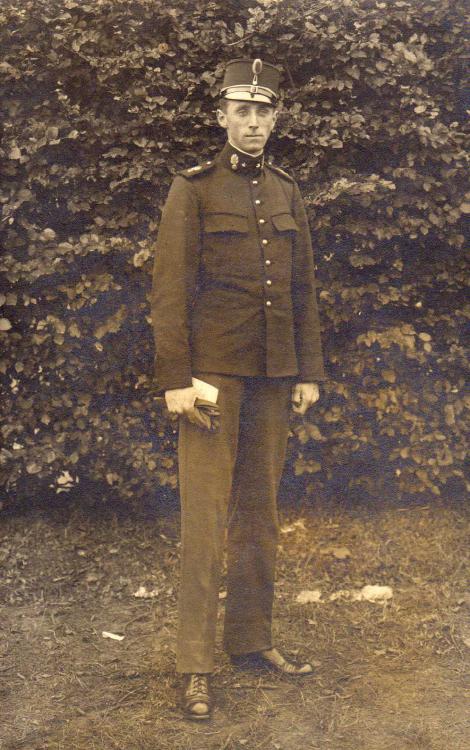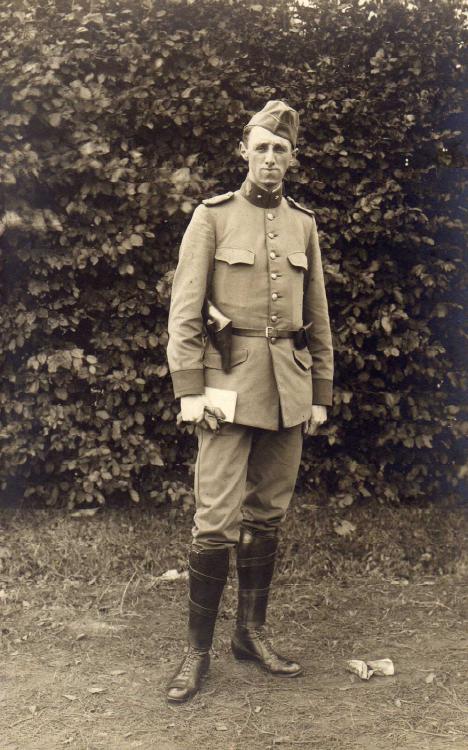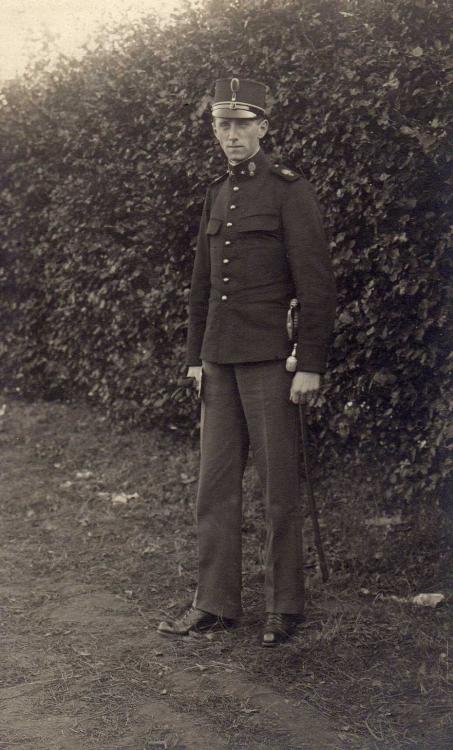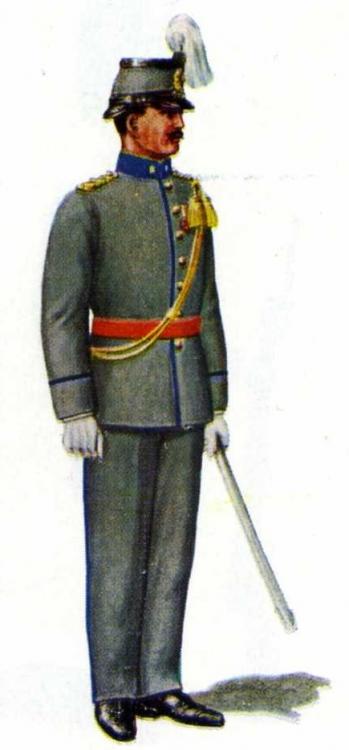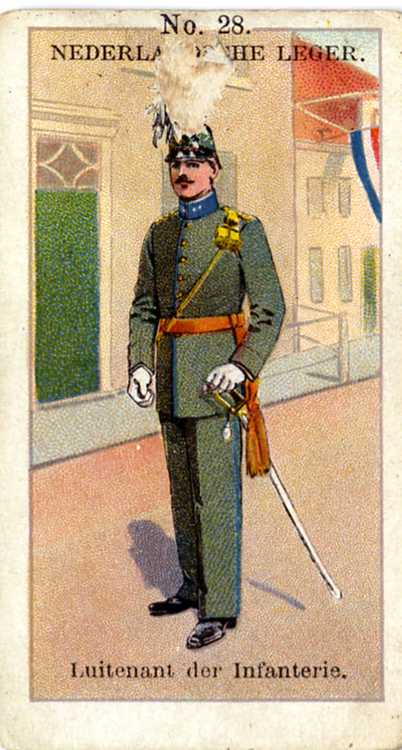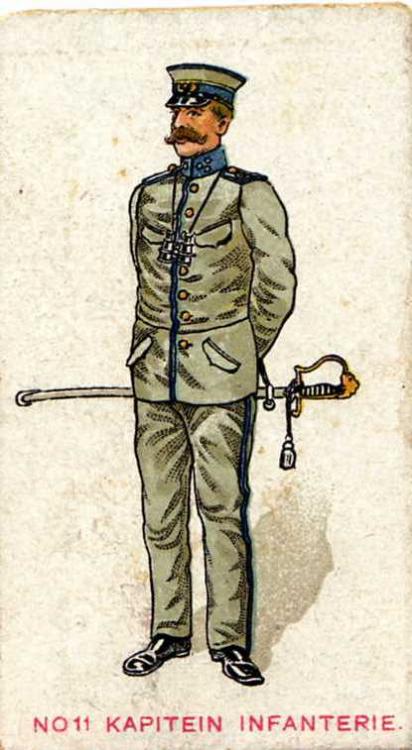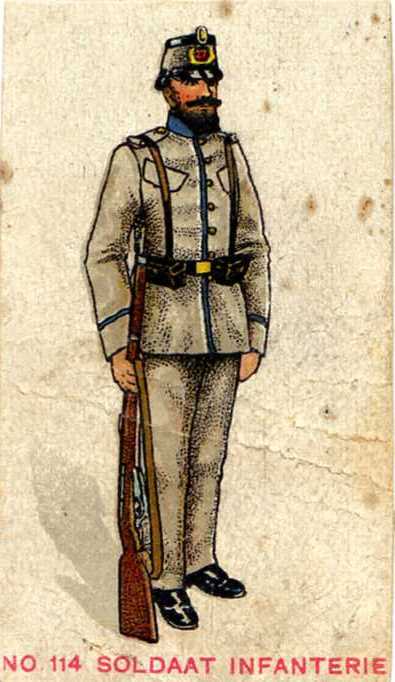-
Posts
2,143 -
Joined
-
Last visited
-
Days Won
10
Content Type
Profiles
Forums
Blogs
Gallery
Events
Store
Everything posted by Odulf
-

New KM portrait
Odulf replied to LarryT's topic in Germany: Third Reich: Research, Documentation & Photographs
2 pages from the Soldbuch of a young Naval-Artillery Gunner (born 25.10.1927) who was enlisted in January 45 and served in Helgoland 11.5.45! -

New KM portrait
Odulf replied to LarryT's topic in Germany: Third Reich: Research, Documentation & Photographs
The BeVo insignia, as shown in Larry's photo, are rarely seen on the Kriegsmarine cap but on the Army caps there are more common. Also note the absence of the chin strap on this type of headdress. -

New KM portrait
Odulf replied to LarryT's topic in Germany: Third Reich: Research, Documentation & Photographs
Excellent photo, I like the cap, this model with silk insignia is not often seen. -
The victory of U9 ("Three before breakfast") was celebrated wit many postcards of the crew and commandant (Otto Weddingen). Later other victorious crews appeared on postcards also, like: - The crew of S.M.S. MÖWE, a Raider or AMC (Armed Merchant Cruiser) - The crew of S.M.S. WOLF, another Raider - The crew of S.M.S. AYESHA. This is an interesting tally, because the schooner Ayesha was captured by the shore party of S.M.S. Emden on the Cocos Isles, shortly before the Emden was attacked by H.M.A.S. Sydney. The shore party took the Ayesha to the Dutch East Indies, and left in her to sail home. This was impossible, but the men were taken on board a German freighter, and the schooner Ayesha was sunk. The men made it to the Red Sea, went on shore and traveled it via Turkey to Germany. The Ayesha was never officially listed as a German war ship, but the legendary journey of her crew was stuff for books and films.
-
As annex to the thread Kriegsmarine tallies in wear, post here your photos of Imperial Navy sailors. Starting with an early tally of the Aviso GREIF, without the prefix S.M.S. The prefix was introduced in June 1890. A Funker (Wireless-Operator) of the 1. MINEN-ABTEILUNG (1st Coy. Mine Sweeper Batallion.). The Minen-Abteilung was established 1 June 1907.
-
Nothing Morten - it's like you can take a horse to the water, but you cannot make him drink... With 21 pages you have not done a bad job, so far
-

Marine-Küstenpolizei photo
Odulf replied to LarryT's topic in Germany: Third Reich: Research, Documentation & Photographs
Rare stuff, these MKP photos! -

Tinnies KdF Tinnie Database
Odulf replied to JNoble's topic in Germany: Third Reich: Organisational Membership Badges & Tinnies
-
In 1912, the Dutch Army abandoned the dark blue uniform which was the standard colour for about a century. The introduction of the M1912 was not executed immediately, the old stocks had to be used up first. When Holland mobilized, in 1914, nearly all ot the reservists still wore their old blue uniform M1905 (single row of buttons), or the even older uniform M1897 (double row of buttons). In contemporary group photos we see a mixture of tunics, pants and headdress, covering a period of 20 years! Enclosed, a 2nd lieutenant of Grenadiers (note the bullion embroidered grenade badge on the collar) wearing the M1905 and M1912. With the introduction of the M1912, the old blue uniform for officers was considered to be used for parade and walking out. The collar of his M1905 tunic is blue, of uniform cloth, he is wearing the M1905 kepie, on his left side the sabre for grenadiers' officers, which is of a differend model that the general M1912 infantry officers' sabre. The collar and cuffs of his M1912 are red, the field cap is also M1912.
-
The Dutch Army adopted a greenish-grey uniform in 1912, with coloured collar and cuffs, but there were several changes of the field-grey (as it was named) uniform until 1940. Enclosed some coloured pictures of the 1912 uniform. As officers had to buy their own uniforms, the cut of their tunics (and pockes) and pants may differ from the general pattern. Also NCOs bought their own uniforms, of better make and fabric than the ordnance issue. In 1914 the greenish-grey cloth was replaced by field-grey; in 1915 the coloured collar and cuffs were abandoned and replaced by coloured piping. Also the headdress changed, from a shako (1912), to a low kepie, to a higher kepie, and also the field service cap was altered in the years until 1940.



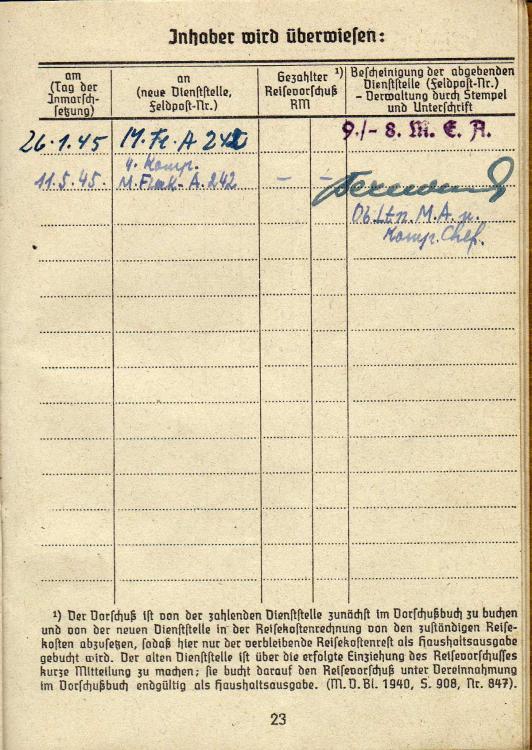
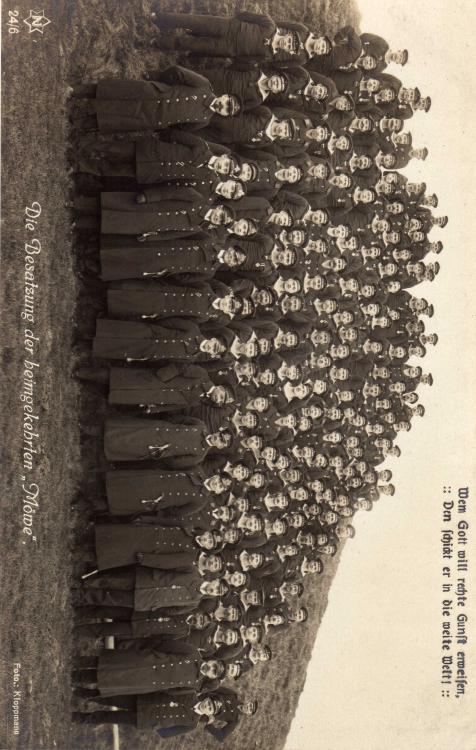
-HeimkehrSMSWolf(Flensburg17.2.1918).thumb.jpg.fe70abb8b7c2d0588c0df0d2ba0f1f63.jpg)
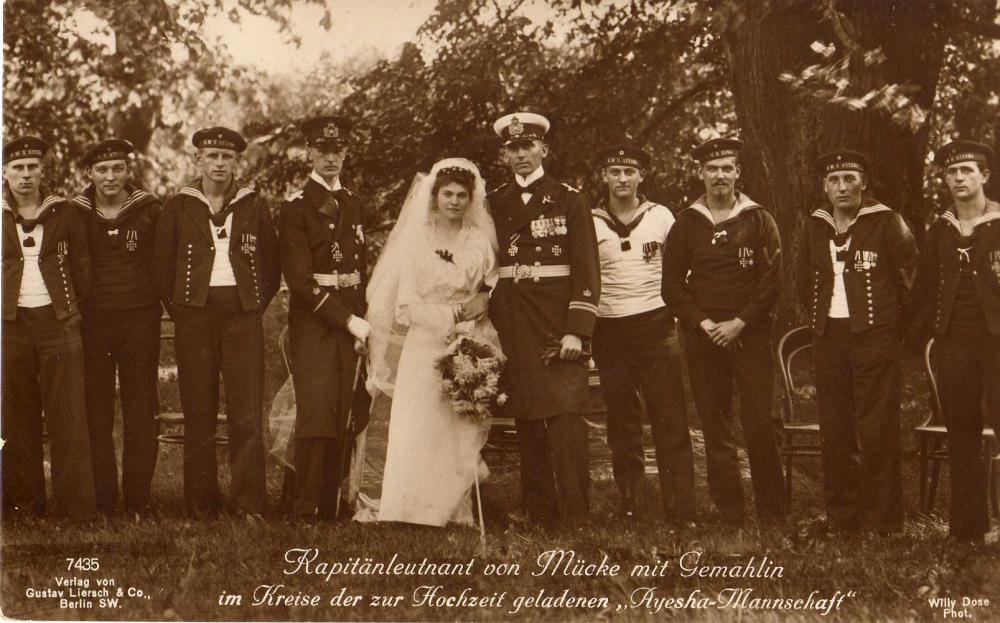
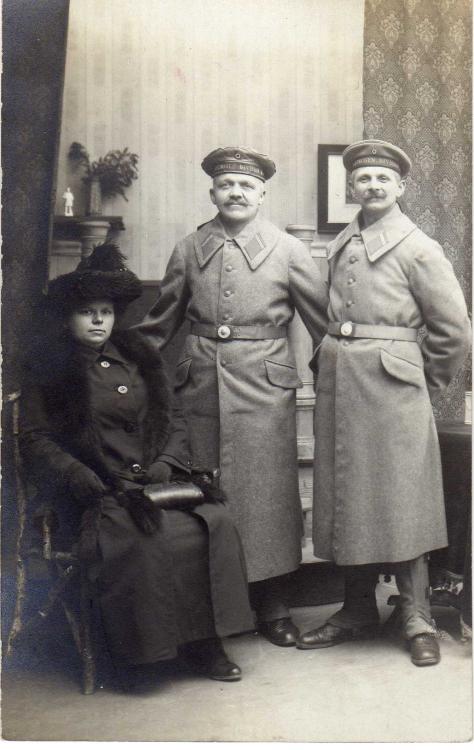
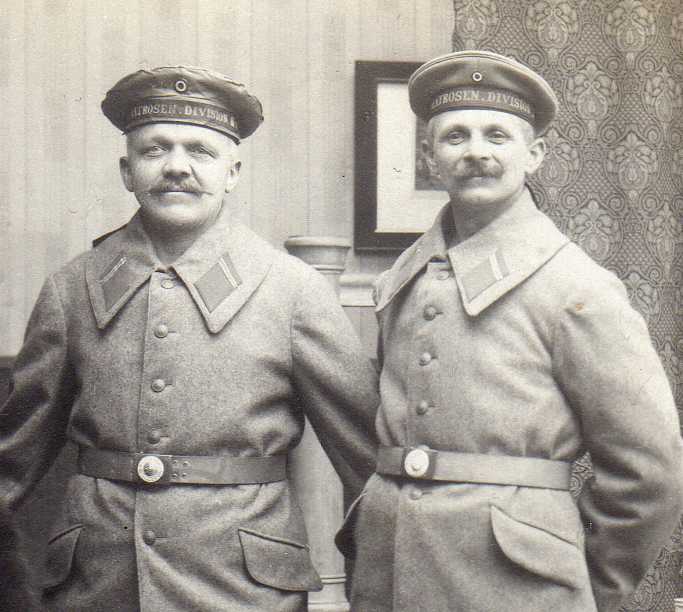
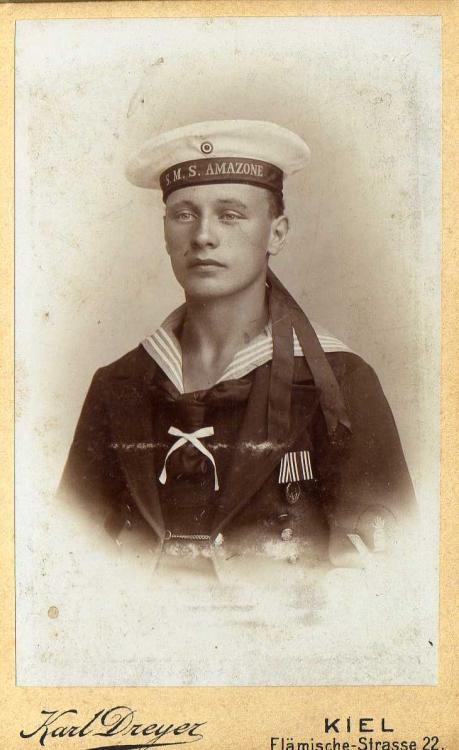
.thumb.jpg.a9d252c038a335c5ba63de24f1582846.jpg)
.thumb.jpg.a4dc87f4b3175a9615fb3cc6712a637c.jpg)
.thumb.jpg.0c11c2a469bb58011686b9af4cfddabe.jpg)

